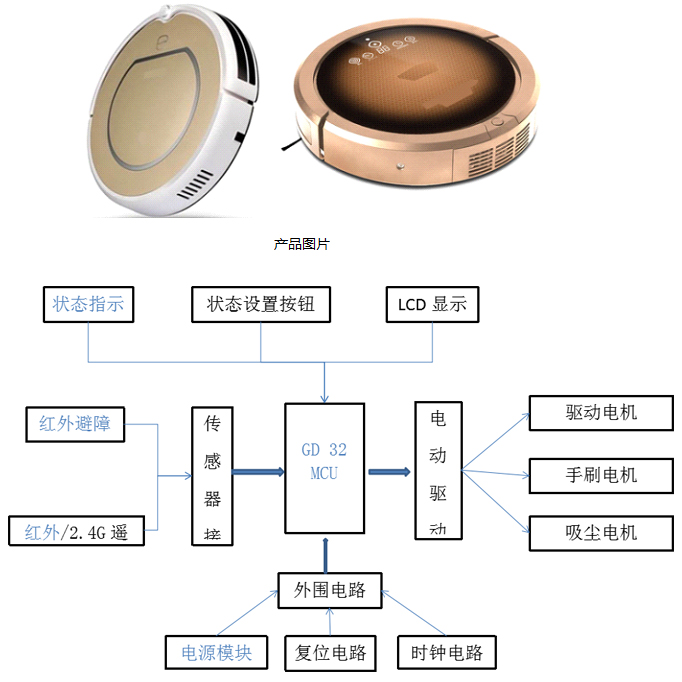
I. Product Background for Sweeper Robot
With the improvement of people’s living standard in China, sweeper robots originally sold in the U.S. and European markets have found their way into the homes of ordinary people, and they are affordable to more and more people. They will soon be an indispensable help to every family like white goods. Also, they will develop from a low level of intelligence to a higher one, gradually taking over manual sweeping.
The sweeper robot, also called the automatic sweeper, smart vacuum, or robot vacuum cleaner, is grouped under the category of smart home appliances. With a certain level of artificial intelligence (AI), it automatically completes cleaning the floor. Usually, it works by brushing and sweeping and vacuuming – it absorbs the litter on the floor into its own trash box, thus fulfilling its function of floor cleaning. In general, cleaning, vacuuming, and sweeping robots are grouped as sweeper robots. Today, smart sweeper robots are finding their way into our homes. According to industry experts, robots as domestic help in our lives increase by 10% every year. As shown in industry data, the market for robots as domestic help is valued at RMB100 billion at least.
II. Working Principle for Sweeper Robot
The body of the robot is a mobile device of automation technology and a vacuum device with a dust collector. Along a controlled path designed according to the body, the robot walks to and fro indoors, doing such things as sweeping along the sides, concentrated sweeping, random sweeping, and sweeping in a direct line. Coupled with such methods as edge brush, gyrating central brush, and cleaning rag, it enhances the effect of sweeping so much so that the home can be swept as if by persons.
III. Features of Sweeper Robot Include:
1. A brush gyrating at 5,000RPM, able to clean in four directions simultaneously;
2. Cleaning head gyrating in 360 degrees, able to clean the area closely along the furniture;
3. An extended sweeping head able to reach the bottom of furniture, cleaning the corners difficult to access;
4. A special soft brush design, suitable for floors of any material;
5. High-capacity rechargeable batteries complying with European environment protection requirements used as power supply, making it highly portable;
6. The dust collector can be taken out with ease, making the sweeping convenient and fast;
7. It can be dismantled and hung, thus convenient for storage.
IV. Main Categories of Sweeper Robots
1. Classification of cleaning systems: Single-suction; middle brush clip-on; hoist V brush cleaning system.
2. Classification of detection systems: Infrared sensor and ultrasonic bionics
V. Core Parts of Sweeper Robot::
3. Body: The appearance varies from brand to brand and from design to design; rechargeable battery: mainly NI-MH batteries; charging socket: providing the robot dust collector with a place for automatic charging;
4. Dust collector: Unlike the paper bag of an average vacuum, the robot has a collection box that can take in dust; remote control: for controlling the robot dust collector, while control can be done on the body.
VI. Composition of a Sweeper Robot:
Sensor part: Equivalent to the human’s five sensory organs, this part functions to sense the outside world; control part: equivalent to the human brain, it connects to and controls the human body; drive part: equivalent to the human body, it is controlled for coordination; vacuum part: imbedded in the smart vacuum cleaner; power part: providing the power system needed by the machine, which is also a critical part.
VII. Basic Functions of Sweeper Robot
1. Smart sweeping 2. Autonomous navigation 3. Edge sweeping
4. Human-machine interface 5. Fall prevention 6. Low noise and energy-efficiency
7. Memory function 8. Shutdown protection
